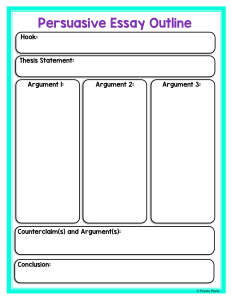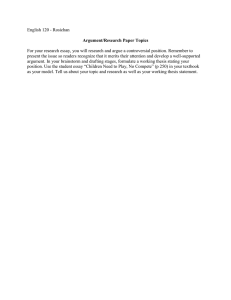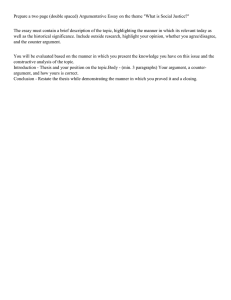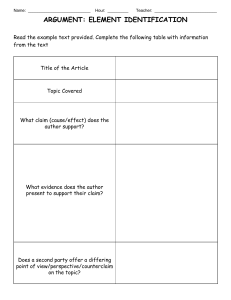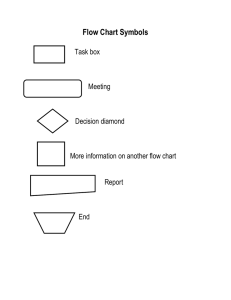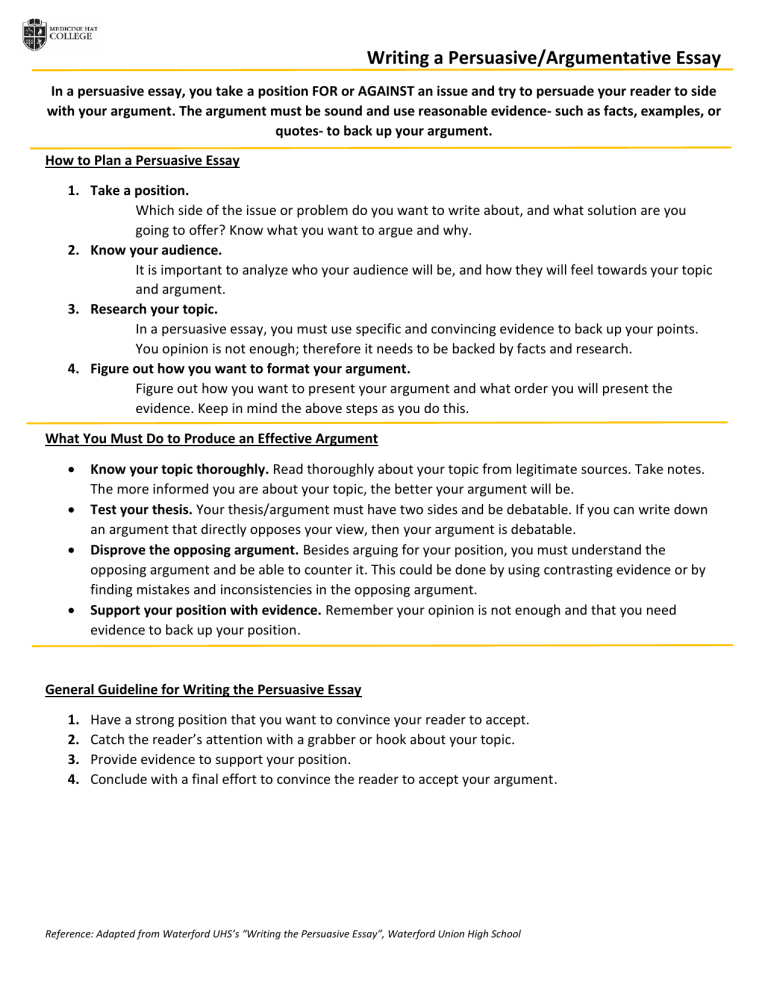
Writing a Persuasive/Argumentative Essay In a persuasive essay, you take a position FOR or AGAINST an issue and try to persuade your reader to side with your argument. The argument must be sound and use reasonable evidence- such as facts, examples, or quotes- to back up your argument. How to Plan a Persuasive Essay 1. Take a position. Which side of the issue or problem do you want to write about, and what solution are you going to offer? Know what you want to argue and why. 2. Know your audience. It is important to analyze who your audience will be, and how they will feel towards your topic and argument. 3. Research your topic. In a persuasive essay, you must use specific and convincing evidence to back up your points. You opinion is not enough; therefore it needs to be backed by facts and research. 4. Figure out how you want to format your argument. Figure out how you want to present your argument and what order you will present the evidence. Keep in mind the above steps as you do this. What You Must Do to Produce an Effective Argument Know your topic thoroughly. Read thoroughly about your topic from legitimate sources. Take notes. The more informed you are about your topic, the better your argument will be. Test your thesis. Your thesis/argument must have two sides and be debatable. If you can write down an argument that directly opposes your view, then your argument is debatable. Disprove the opposing argument. Besides arguing for your position, you must understand the opposing argument and be able to counter it. This could be done by using contrasting evidence or by finding mistakes and inconsistencies in the opposing argument. Support your position with evidence. Remember your opinion is not enough and that you need evidence to back up your position. General Guideline for Writing the Persuasive Essay 1. 2. 3. 4. Have a strong position that you want to convince your reader to accept. Catch the reader’s attention with a grabber or hook about your topic. Provide evidence to support your position. Conclude with a final effort to convince the reader to accept your argument. Reference: Adapted from Waterford UHS’s “Writing the Persuasive Essay”, Waterford Union High School Breakdown of the Persuasive/Argumentative Essay The Introduction Refer to the resource/handout Essay Structure for more information, but in general, the introduction introduces the topic of your paper. Your introduction should cover three main things: 1. A hook or grabber to catch your reader’s attention 2. Background information the reader needs to make sense of your topic 3. Thesis statement (argument) The Body In the body, you provide evidence to support your opinion that was stated in your thesis. Each body paragraph should argue one reason to back up your thesis. Also, as most issues have arguments on both sides of the question, a good persuasive writer provides counter-arguments along with their main points. One of the three paragraphs needs to discuss the opposing viewpoints and how you counter-argue them. How to support your argument: Facts, Statistics, Quotes, or Examples *Note: Do not confuse facts with truths. A “truth” is an idea believed by many people. Also, do not let facts/stats/quotes/examples take the place of your opinion. These are supplementary, meaning they support and DO NOT TAKE THE PLACE OF your argument. Tips for successful body paragraphs: A. Have a clear topic sentence- state your reason that supports your thesis and expand on it. B. Include Opposing Arguments and Counter-arguments- acknowledging the opposing side of your argument is not a form of weakness, but is a strength. **You cannot ignore opposing viewpoints. If you do, it looks like you are not well prepared or well informed about the issue you are writing about.** C. Use transitions to make your argument flow. The Conclusion In a conclusion, you summarize the most important details from your argument and try for the last time to convince your reader about your argument. The conclusion must: 1. Restate your thesis (argument) 2. Summarize your main points 3. End with a finalizing statement about future implications for your topic. Reference: Adapted from Waterford UHS’s “Writing the Persuasive Essay”, Waterford Union High School Persuasive/Argumentative Essay Outline Introduction: A. Get the reader’s attention with a “hook” or grabber about your topic B. Provide any background information that your reader will need to understand your topic. C. Thesis statement (argument) Main Body Paragraph 1: First reason to support your argument: A. B. C. D. Topic sentence explaining your point/reason Possible mention of an opposing view to this point Evidence to back your point Transition Main Body Paragraph 2: Second reason to support your argument: A. B. C. D. Topic sentence explaining your point/reason Possible mention of an opposing view to this point Evidence to back your point Transition Main Body Paragraph 3: Third reason to support your argument: A. B. C. D. Topic sentence explaining your point/reason Possible mention of an opposing view to this point Evidence to back your point Transition Opposing Viewpoint This paragraph lets the reader know that you have considered opposing points of view and have a rebuttal to them. A. Opposing view to your argument B. Your rebuttal (how your argument is right to counter this opposition) C. Evidence to back your rebuttal Conclusion A. Restate thesis statement (argument) B. Summary of main reasons to support your argument C. Finalizing statement about your topic and argument Contact the Writing Specialist for help writing a persuasive essay! Taryn Fritz • Writing Specialist • TFritz@mhc.ab.ca Reference: Adapted from Waterford UHS’s “Writing the Persuasive Essay”, Waterford Union High School

